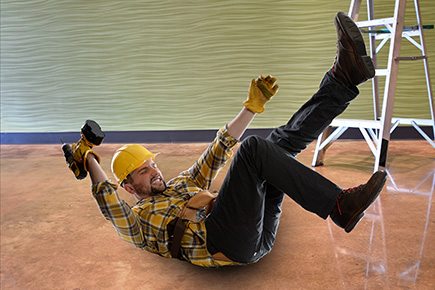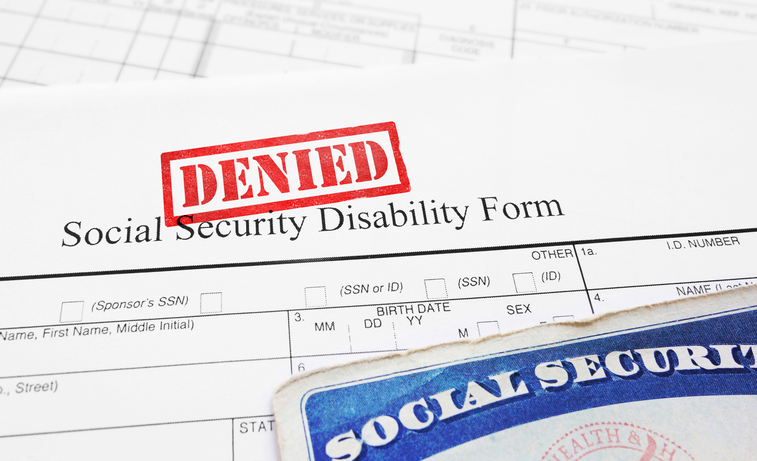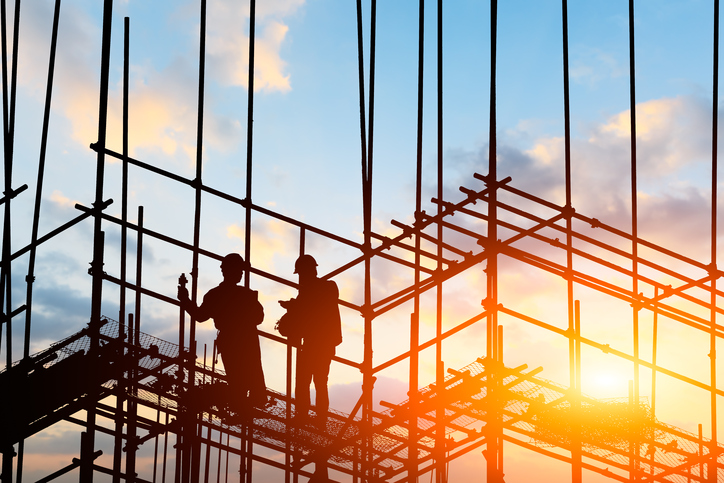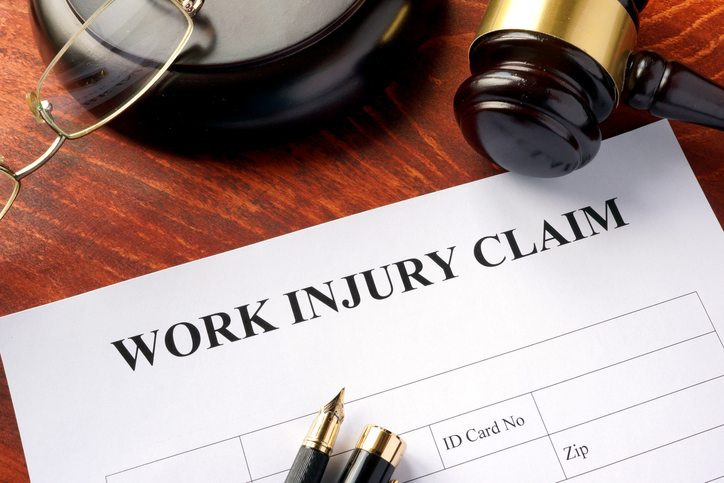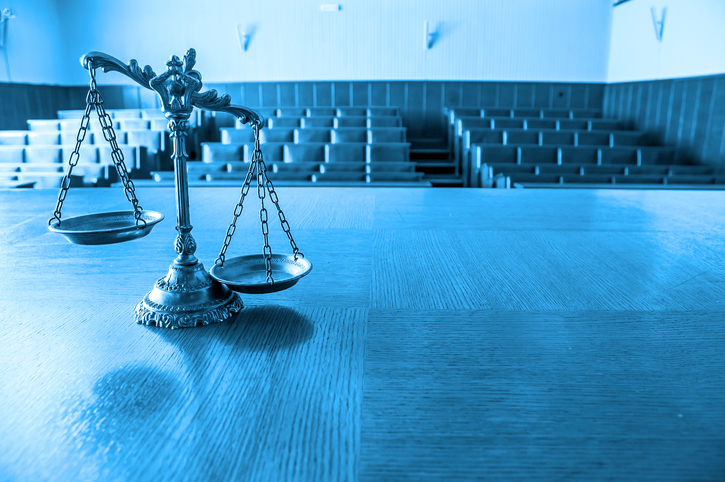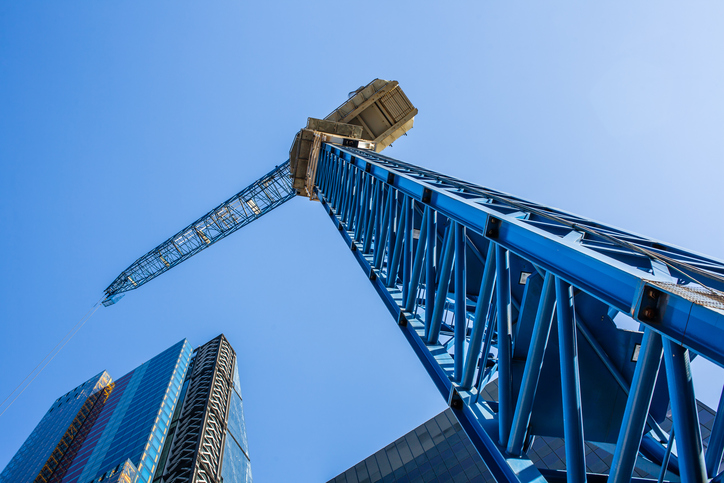Blog
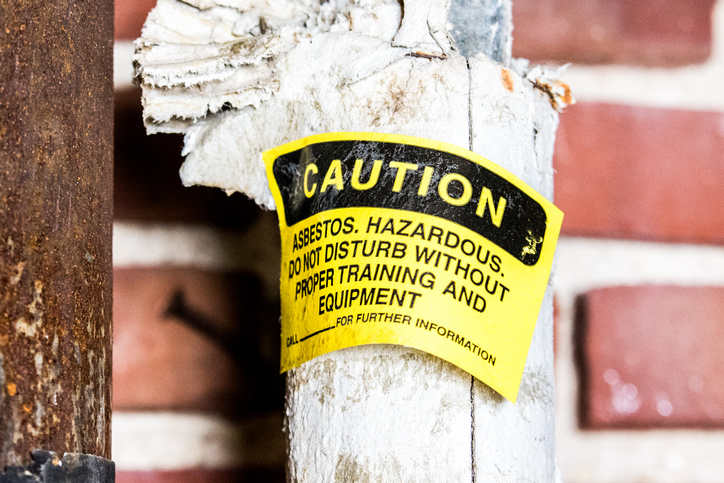
10 Common Long-Term Workplace Illnesses
When people think of workers being hurt on the job, they often think of sudden accidents in which a worker is injured or killed.
Unfortunately, these aren’t the only ways that workers in New York State can be hurt on the job. Some workplace conditions can cause or contribute to long-term illnesses. These illnesses can develop gradually and become worse progressively. Many of them can ultimately be fatal.
Common Occupational Diseases
In New York, an occupational disease is any medical condition that is disabling and is caused by exposure to workplace irritants or stems from the nature of the work.
Here are 10 of the most common long-term workplace illnesses:
- Cancer from asbestos exposure. Construction workers, plumbers, electricians, or other workers exposed to asbestos in buildings — which has been banned for decades — can develop cancer as a result. Several types of cancer have been traced to asbestos, including mesothelioma, a cancer of the lining of internal organs that is rare and often fatal.
- Silicosis. Silicosis is an occupational lung disease caused by breathing crystalline silica dust.
- Hearing and vision loss. Workers who were not given appropriate safety equipment and worked in blasting, tunnel construction, or demolition can develop both vision and hearing loss.
- Carpal tunnel syndrome. Office workers whose hands and arms must be in certain positions and who are not provided adequate keyboard, computer, furniture or other equipment can develop carpal tunnel syndrome.
- Exposure to toxic fumes. The inhalation of paint and welding fumes can affect health. Multiple workers can be exposure to paint and welding fumes.
- Back injuries. Construction and warehouse workers can develop back injuries if they are not taught the proper method of lifting loads or are overtaxed.
- Heart attack and stroke. Stress can cause heart attack, stroke, and other heart disease-related illnesses.
- Repetitive stress injuries. Workers on assembly lines or other functions where they repeat movements can suffer repetitive stress injuries.
- Sick building syndrome. When 20% or more of the workers in a building becomes ill, the building can be classified as a “sick building,” and their illness “sick building syndrome.” The key is that the symptoms abate once the workers are not in the building. The symptoms can be respiratory, such as difficulty breathing or sinus problems, itching and burning eyes, fatigue, dizziness, or even cancer. The illness may come from the mold or other unhealthy conditions in the building.
- Complex regional pain syndrome (CRPS). This is a disease of the central nervous system that may develop after an accident.
The symptoms of long-term workplace illnesses often don’t become noticeable for many years on the job. As a result, both employers and insurance companies often argue that illness is not a result of workplace conditions.
All the more reason to have an experienced workers’ compensation attorney on your side.
Aronova & Associates: Workers Compensation Lawyers Long Island Trusts
Aronova & Associates are workers compensation lawyers Long Island relies on for aggressive and knowledgeable representation. If you or a loved one have an illness caused by the workplace, we will fight for your right to maximum compensation. If the illness caused your loved one to die, we can file a wrongful death case.
Call us today at (516) 640-3900 for a consultation about your case. The initial consultation is always free.
Contact Us
Ready to Work for You
Aronova & Associates is a firm for all New Yorkers. Our services are available in multiple languages and tailored to the needs of every client. The first step in providing you with the help you need is a free consultation to discuss your case. When you’re ready to talk, we’re ready to get to work for you.
Hours
Mon - Fri 9 AM to 6 PM
Disclaimer: The submission of our contact form does not form an attorney-client relationship. You may not rely upon this information as legal advice.
